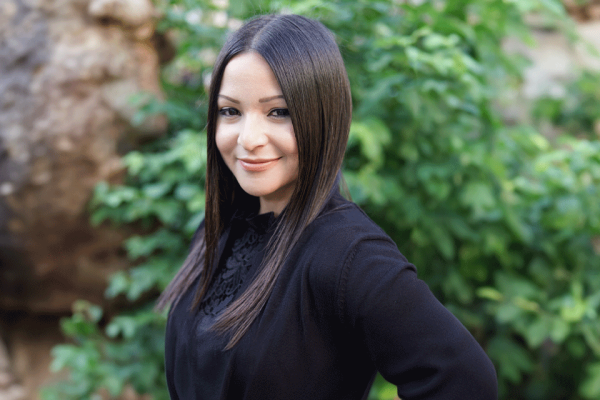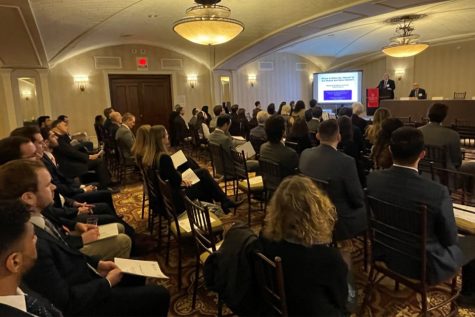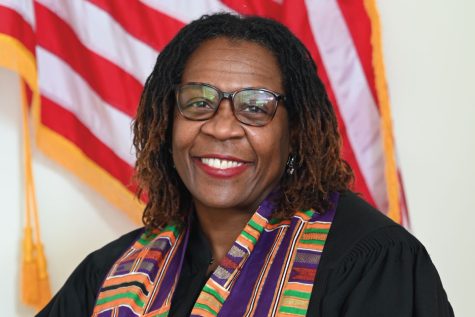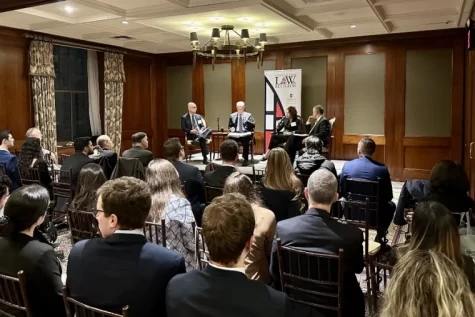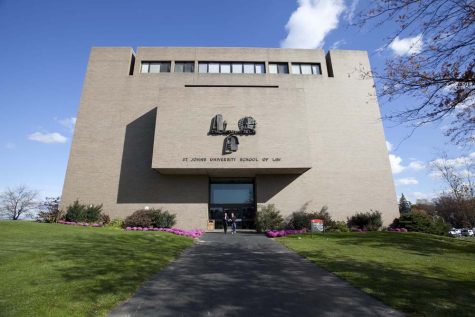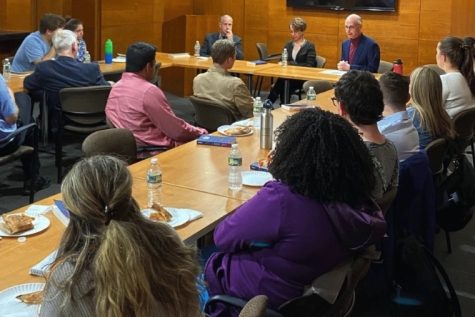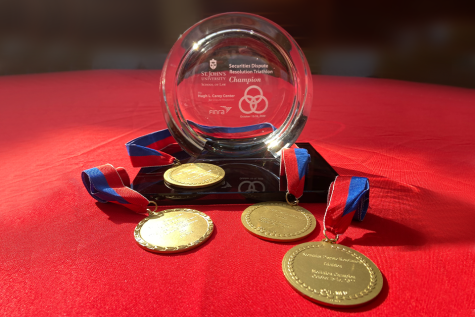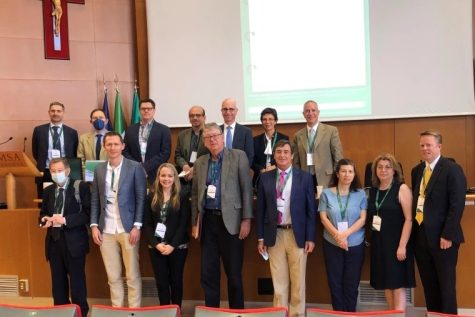Jay Hedges ‘21 Drafts an Arbitration Clause for Everyone
We want to explain to you how we will fix serious disagreements between us. When you use our product, you agree that we will hash out the argument outside of the courtroom. When we fix our argument outside of court under these rules, the outcome will last forever. We will use this Hash-it-Out Section when we disagree about anything in our larger Agreement or the product you bought from us. But if our disagreement gets started in a court that oversees smaller disagreements, we won’t use the Hash-it-Out way of fixing our differences.
That’s the opening to what is likely the first Hash-it-Out clause ever written. It’s the creation of Jay Hedges ‘21, who crafted it in response to a challenge that Professor Jeff Sovern issued to students in his Consumer Protection course.
Every day, millions of Americans buy a car, take out a loan, or choose a wireless carrier. When they do, without giving it a second thought, they also sign a contract requiring that both parties resolve their grievances through arbitration instead of in court. Often hidden in the agreement’s fine print, these arbitration clauses are notorious for being chock-full of legal jargon that the average consumer—if they read them at all—can’t understand.
It’s a problem that Professor Sovern researches and writes about regularly. “A recent arbitration study found that the average arbitration clause is written at a level that requires more than two years of college to grasp,” he says. “A study that I co-authored found that consumers don’t understand arbitration clauses at all. So, I asked my students to try drafting an arbitration clause that was at an eighth grade reading level, using the Flesch-Kincaid grade level test, though even that level is beyond the grasp of half of Americans.”
Hedges jumped right in. “I loved the idea of the assignment from the beginning,” he says. “I didn’t know what an arbitration clause was until I took Civil Procedure with Professor Sovern my 1L year. Since learning that many of my legal rights are restricted by these clauses, I’ve become nerdily interested in what exactly is hidden in those lengthy, obscure “Terms of Agreement” windows people usually click through hastily.”
Law school is like learning a foreign language. And, more and more, I’m finding that the work of a lawyer is primarily that of translator.
— Jay Hedges '21
As he worked the assignment to produce a clause that reads between an eighth- and ninth-grade level, Hedges found the biggest challenge, and greatest reward, was in the translation. “Law school is like learning a foreign language,” he shares. “And, more and more, I’m finding that the work of a lawyer is primarily that of translator. This exercise was a fun way to ‘test’ if and how well I could decode and re-write this particular language of the law using ordinary words and easy-to-read sentences while retaining the substance of the arbitration clause.”
That’s just the kind of takeaway Professor Sovern was hoping for when he issued his Arbitration Challenge. “I was curious to see what students would come up with,” he says. “I also knew that one of the best ways to learn something is to try to teach it, and the assignment required students to do something like teaching. They had to use some of the same skills a lawyer uses to explain something to a client who is not a lawyer—which lawyers do all time.”
With his Hash-it-Out clause now complete, Hedges appreciates the assignment’s lasting value, and says it will inform the work he looks forward to doing as a tenant lawyer in New York City. “I now see how important it is to explain consumer contracts, like apartment leases, to clients in clear and simple terms, so they know what’s expected of them and what rights they have,” he says. “This assignment taught me that lawyers can translate even the densest legalese, like that found in arbitration clauses, in a way that’s understandable. And that’s a vital first step for us to take in empowering our clients.”


